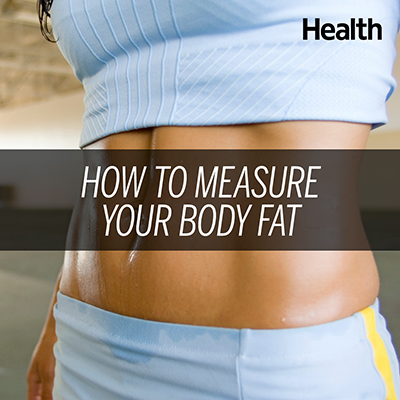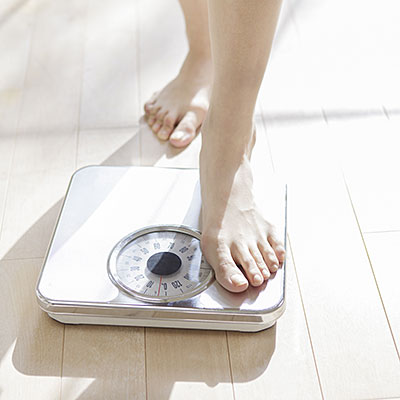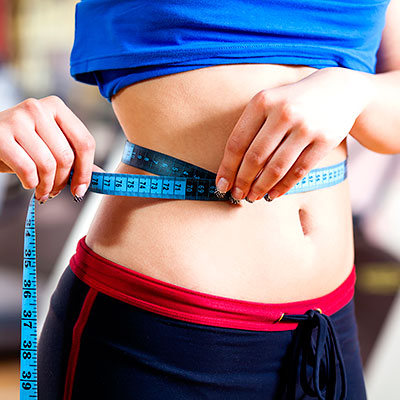13 Best (and Worst) Ways to Measure Body Fat
Keeping track by Jessica Migala Sure, a bathroom scale tells you how much you weigh, but that number doesn't always tell th...
http://globalexpressnews.blogspot.com/2015/09/13-best-and-worst-ways-to-measure-body.html

Keeping track
by Jessica MigalaSure, a bathroom scale tells you how much you weigh, but that number doesn't always tell the whole story. A thin person can still have an unhealthy amount of body fat lurking beneath their skin. Likewise, a muscular athlete with a low body fat percentage may weigh more than traditional height-weight charts deem healthy. Here are 13 other tests—some common, some trendy, some you'll remember from gym class—that measure body fat, and how accurately they can tell you whether you're carrying around too much fat.

BMI
What it is: A mathematical measurement that adjusts your weight for your height. Your number will tell you if you fall in the underweight, normal, overweight, or obese categories.Does it work? Well, sometimes. A 2012 study in the International Journal of Obesity found that 29% of people who were "normal" weight actually had a body fat percentage in the obese range. So it may miss people who look thin but actually carry a lot of body fat. Another issue: if you're especially muscular and fit (hello, Serena Williams), you'll naturally weigh more since muscle tissue is denser than fat. That can throw your numbers into the overweight category.
What to do: You can find a BMI calculator here. While the average non-athlete can trust that they won't get a false "overweight" result, given the limitations, you should still interpret your results with caution.

Waist circumference
What it is: For women, the ideal waist measurement is less than 35 inches; for men, less than 40.Does it work? Yes, according to a large consensus statement released from a group of organizations like the American Diabetes Association. It's a marker of excess abdominal fat, which puts you at risk for heart disease, diabetes, and stroke. William Yancy, MD, director of the Duke University Diet and Fitness Center, uses waist circumference for patients who are overweight, but not obese.
What to do: Place the tape measure around your middle, just above your hipbones, advises the CDC. It should be snug but not too tight. Breathe out and take the measurement.
More...>>>





